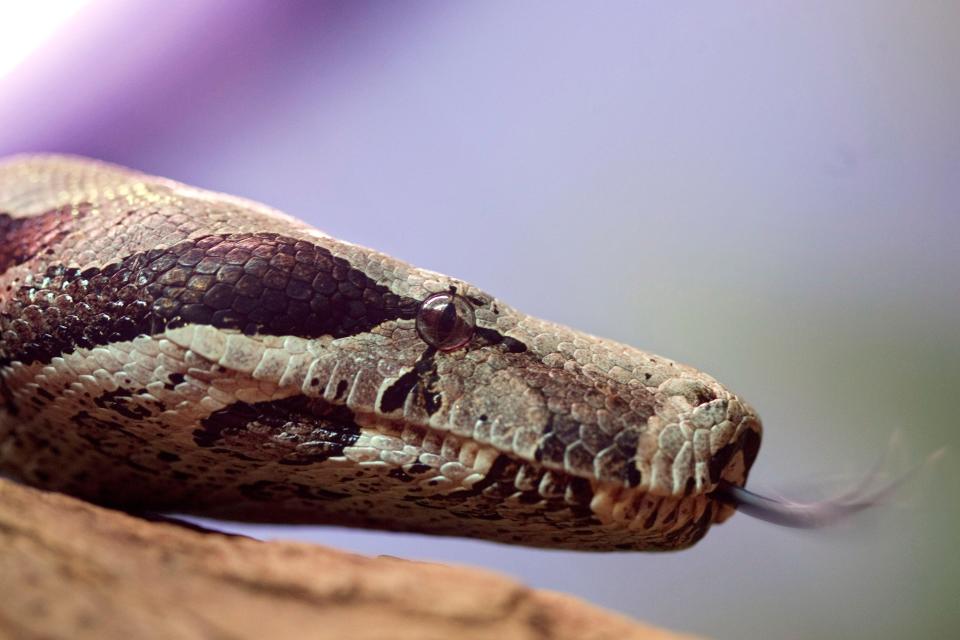Hate seeing snakes? Blame the asteroids that killed the dinosaurs, scientists say
An asteroid that hit Earth around 66 million years ago wiped out the dinosaurs and most life on the planet, but a new study suggests some creatures managed to thrive off the event: snakes.
The study, released by a team of scientists at the University of Bath in England and published in Nature Communications on Tuesday, suggests that most of the snakes living today, about 4,000 species, evolved from species that survived the devastating asteroid.
When the asteroid hit the present-day Gulf of Mexico, causing massive tsunamis, earthquakes, wildfires and darkness across the planet, an estimated 76% of all life on Earth died.
But during the same time period, ancestors to modern-day snakes were able to bury themselves underground and go long periods without eating. When their competitors for food and habitats went extinct, it allowed those species to move into new habitats, continents and later evolve into present-day snakes. For example, snakes native to the Southern Hemisphere began to appear in Asia.
The scientists made the discovery by pinpointing when modern snakes evolved by using fossils and analyzing genetic differences from the species then versus now.

That work showed modern snakes like cobras, vipers and other venomous snakes, as well as bigger, constricting snakes like boas and pythons, existed only after the asteroid hit Earth.
"It's remarkable, because not only are they surviving an extinction that wipes out so many other animals, but within a few million years they are innovating, using their habitats in new ways," said lead author Catherine Klein.
Studies also showed this wasn't the first time snakes evolved. It happened once again when a "greenhouse Earth" turned into an "icehouse," around the beginning of the Ice Age.
They're trying to do what?: Venomous sea snakes are trying to have sex with scuba divers, study says
Surprise: Woman finds 18 snakes under her bed after she saw 'a tiny piece of fuzz' move
More surprises: A Missouri teen was emptying her washing machine. She found a copperhead snake.
Corresponding author Nick Longrich said the research showed the mass extinction event was a form of "creative destruction," and the time period shows how wild evolution can be.
"It’s the periods immediately after major extinctions where we see evolution at its most wildly experimental and innovative," Longrich said. "The destruction of biodiversity makes room for new things to emerge and colonize new land masses. Ultimately life becomes even more diverse than before."
Snakes can be found all over the world and live in a diverse spectrum of ecosystems, from tropical climates to dry, desert environments. A species of snakes exists on every continent except Antarctica.
Christoph Mans, clinical assistant professor of zoological medicine at the University of Wisconsin, Madison, said in 2016 that 50 snake species live in the United States.
According to the World Health Organization, more than 600 types of snakes are venomous. In the U.S., venomous snakes like rattlesnakes, copperheads, cottonmouths and coral exist, according to the Centers for Disease Control and Prevention.
Follow Jordan Mendoza on Twitter: @jordan_mendoza5.
This article originally appeared on USA TODAY: Snakes evolved after asteroid killed the dinosaurs, most life on Earth

 money
money 